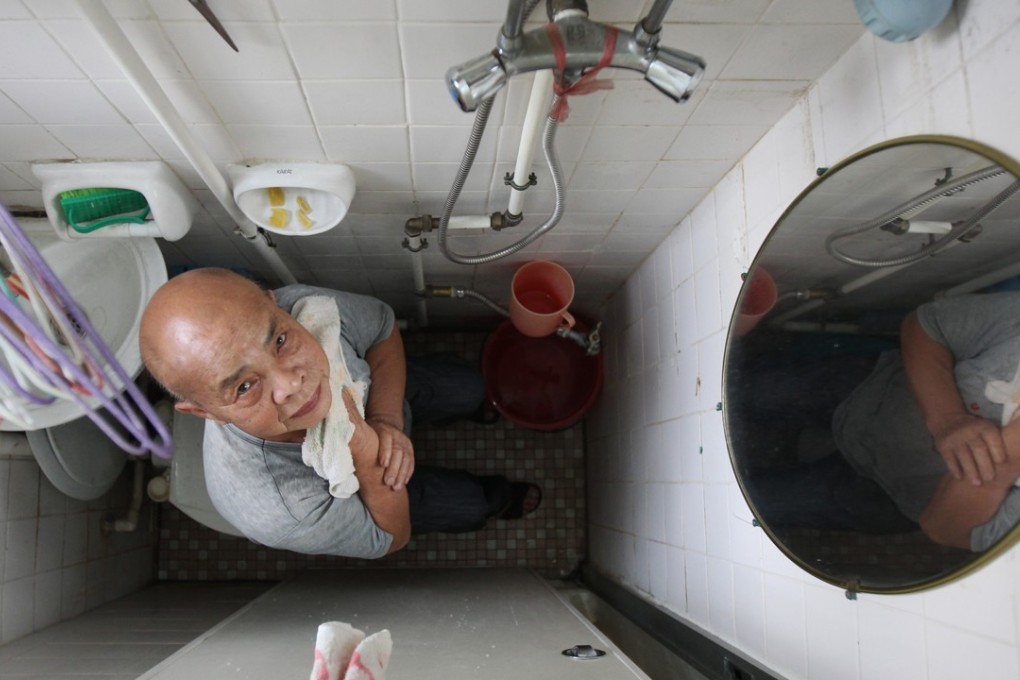Advertisement
Opinion | Flats will keep shrinking until Hong Kong’s government changes course
Peter Kammerer says that the government’s role in Hong Kong’s out-of-control flat prices is clear, and until it changes policy on land revenue, living spaces will remain a race to the bottom
Reading Time:3 minutes
Why you can trust SCMP

Hong Kong’s new flats are getting ever smaller, a consequence of a shortage of land. It’s simple enough arithmetic – the population is growing at a rate of 0.6 per cent a year and the area available to build on isn’t keeping pace, so a few more square feet in living space has to be sacrificed.
Where once the idea of moving into a microflat of 200 square feet or less would have been scoffed at, now it’s gaining popularity. That’s a bit small by my standards, but I’ve come to appreciate that bigger isn’t better.
Housing prices that are the world’s highest inevitably mean that property developers are going to give people what they demand. Hongkongers dream of owning a flat, a place to call their own that is equally somewhere to live and an investment. The result is that homes are being made affordable by shrinking their area. Developers love the idea as they can squeeze more flats into a building and charge more per square foot than even for luxury units.
Advertisement
It shouldn’t be this way – if only the government could shake itself from its reliance on keeping land prices high as its main means of revenue.
Advertisement
Sustainable land use policy for the New Territories would also greatly help. It’s debatable whether so much area needs to be set aside for country parks that were once essential for water catchment, but are no longer needed for that purpose as supplies mostly come from the mainland. But until authorities change their mindset, we’re stuck with having to think and buy small.
Advertisement
Select Voice
Choose your listening speed
Get through articles 2x faster
1.25x
250 WPM
Slow
Average
Fast
1.25x
